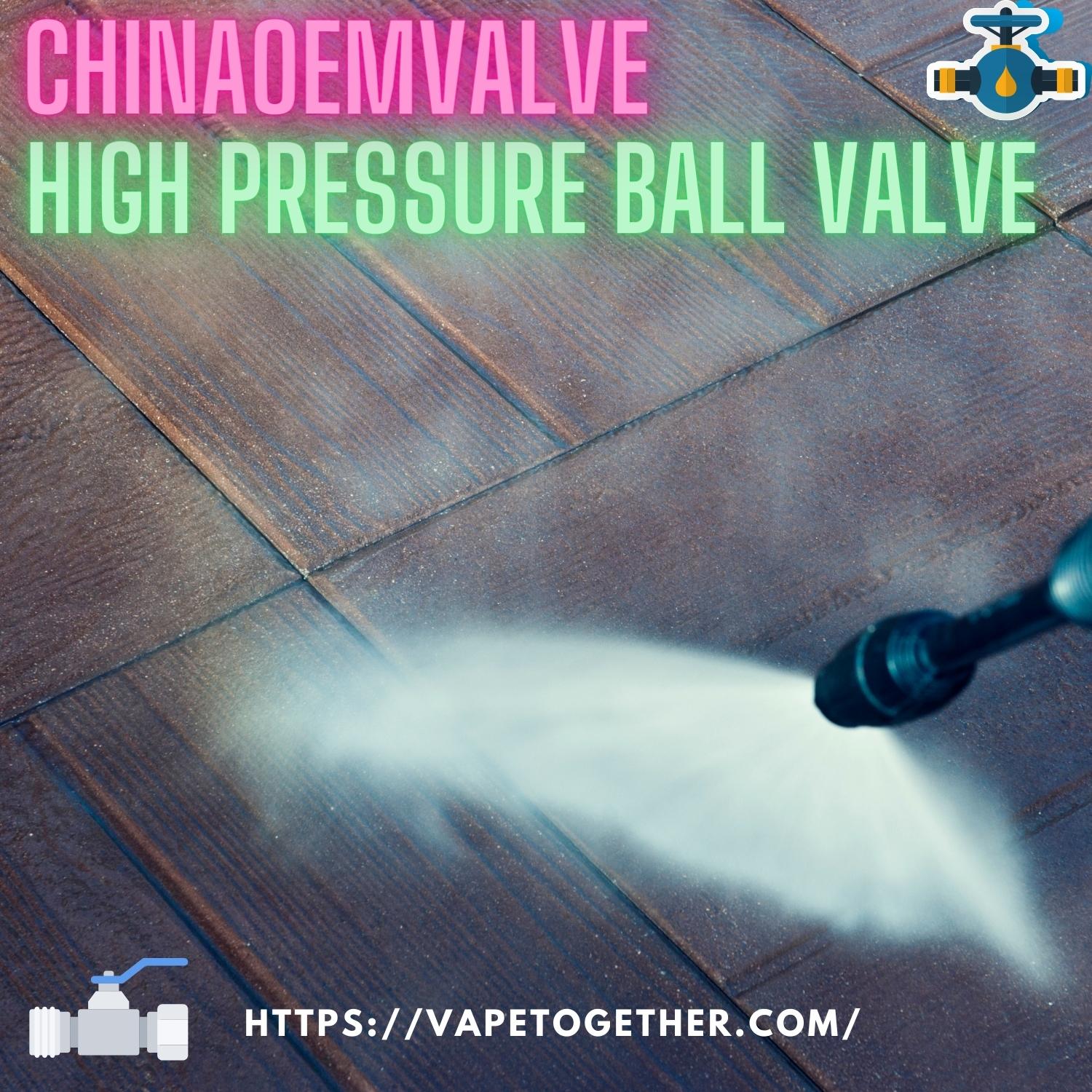In a rapidly evolving manufacturing landscape, achieving excellence is no longer a choice; it’s a mandate. Welcome to the era of Hyperautomation, where cutting-edge technology fuses seamlessly with the age-old art of manufacturing. Hyperautomation isn’t just another buzzword; it’s the revolution that propels industries into the future. This transformational force turbocharges operations, breathing life into efficiency, quality, and cost-effectiveness. Join us on this journey as we explore how Hyperautomation is rewriting the playbook for manufacturing excellence, empowering businesses to conquer challenges, delight customers, and redefine success. Buckle up; it’s time to drive Manufacturing Excellence through the power of Hyperautomation.
1. Understanding Manufacturing Excellence
Before diving into the realm of hyperautomation, it’s crucial to grasp the essence of manufacturing excellence. This section will dissect the core components, elucidate its benefits, and shed light on the challenges involved.
Key Components of Manufacturing Excellence:
Manufacturing excellence is a multifaceted concept, embodying several key components. Quality, where products meet or exceed expectations; Efficiency, optimizing processes for minimal waste and maximum output; and Cost-effectiveness, balancing quality and efficiency while controlling expenses.
Benefits of Achieving Manufacturing Excellence:
The pursuit of manufacturing excellence isn’t in vain. It bestows numerous advantages upon organizations, such as heightened customer satisfaction, increased market share, reduced operational costs, and enhanced brand reputation.
Challenges and Obstacles:
Manufacturing excellence is a noble pursuit, but it’s not without its hurdles. Organizations face challenges such as rapid technological advancements, changing consumer preferences, and evolving regulatory requirements. These challenges necessitate constant adaptation and innovation to stay ahead in the competitive manufacturing landscape.
In the following section, we’ll explore why transformation is imperative in the context of these challenges.
2. The Need for Transformation
The manufacturing landscape is evolving at an unprecedented pace, and this section underscores why transformation is not just desirable but essential. We’ll delve into the dynamics of the market, shifting customer expectations, and technological advancements driving the need for change.
Market Dynamics and Competitive Pressure:
Global markets are dynamic and fiercely competitive. Manufacturers face increasing pressure to innovate, reduce lead times, and offer cost-effective products without compromising quality. Staying competitive in such an environment demands transformative measures.
Evolving Customer Expectations:
Customers today are more discerning than ever before. They expect products that are not only of superior quality but also delivered quickly and with a personalized touch. Manufacturers must adapt to these evolving expectations to retain and expand their customer base.
Technological Advancements:
The rise of disruptive technologies, including artificial intelligence, IoT, and automation, has ushered in a new era of manufacturing possibilities. Sticking to traditional methods may result in inefficiencies and missed opportunities. Embracing these technologies is the key to staying relevant and competitive.
In the next section, we’ll introduce the concept of hyperautomation and explain how it can address these challenges head-on, driving manufacturing excellence in the face of a changing landscape.
3. Hyperautomation in Manufacturing
In this section, we’ll take a deep dive into the concept of hyperautomation and its significance in transforming manufacturing operations. We will define hyperautomation, highlight the key technologies that enable it, and distinguish it from traditional automation.
Definition and Scope of Hyperautomation:
Hyperautomation represents the pinnacle of automation, encompassing a broad array of advanced technologies. It goes beyond simple task automation to create an interconnected ecosystem of smart processes that work in harmony. Hyperautomation aims to optimize and streamline manufacturing operations comprehensively.
Key Technologies Enabling Hyperautomation:
Artificial Intelligence (AI) and Machine Learning (ML): These technologies enable machines to learn, adapt, and make data-driven decisions. In manufacturing, AI and ML can enhance predictive maintenance, quality control, and process optimization.
Robotic Process Automation (RPA): RPA automates rule-based tasks, freeing up human workers for more complex and creative roles. It is particularly useful in repetitive manufacturing processes.
Internet of Things (IoT): IoT connects physical devices and collects real-time data, enabling remote monitoring, predictive maintenance, and data-driven insights in manufacturing.
How Hyperautomation Differs from Traditional Automation:
Hyperautomation is not merely an extension of traditional automation; it’s a paradigm shift. Unlike traditional automation, which typically involves automating specific tasks or processes, hyperautomation takes a holistic approach. It interconnects disparate systems, automates end-to-end workflows, and leverages AI and data to make informed decisions.
Source Link – https://getkil.com/2023/09/21/driving-manufacturing-excellence-transforming-operations-with-hyperautomation/





